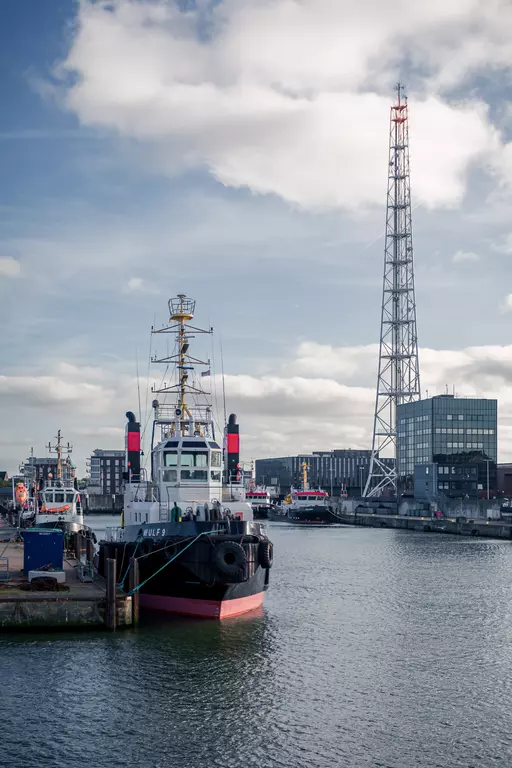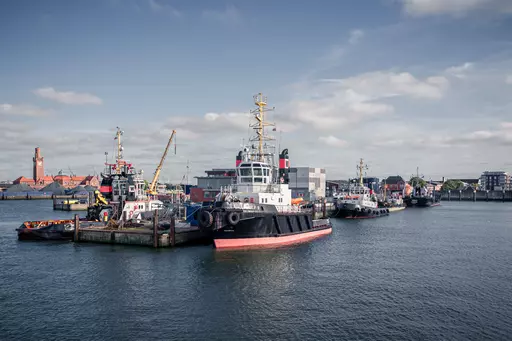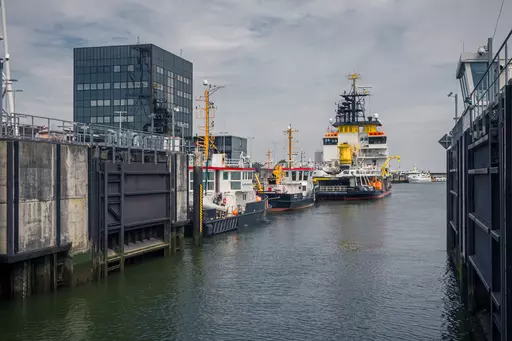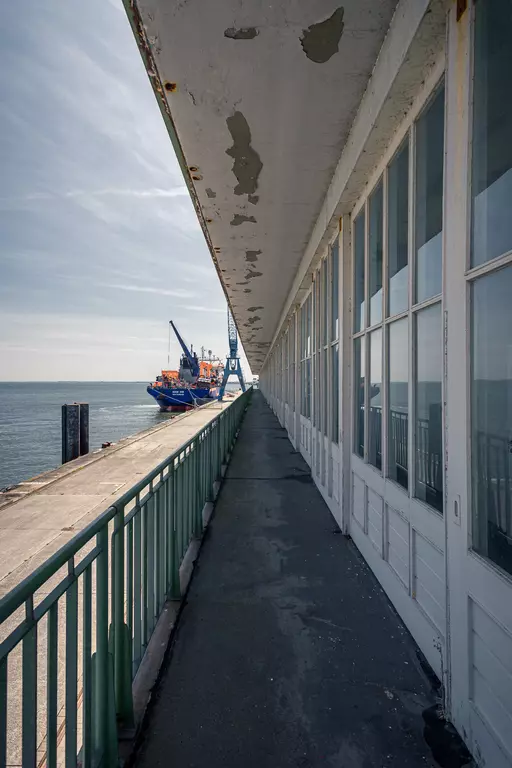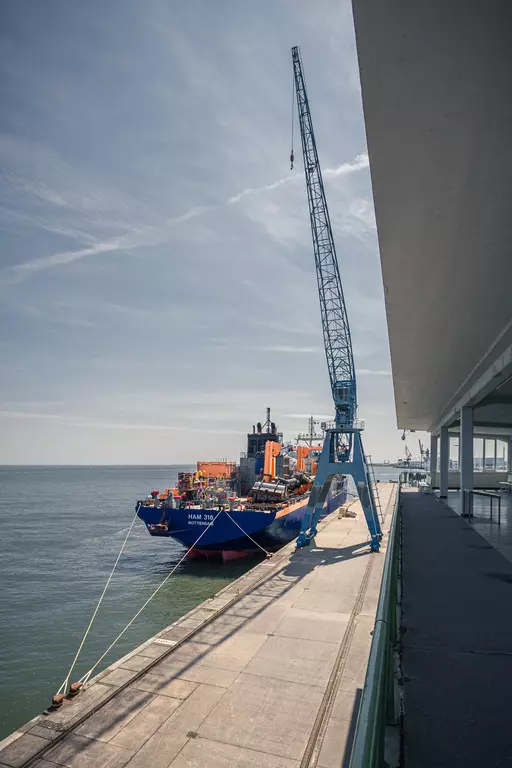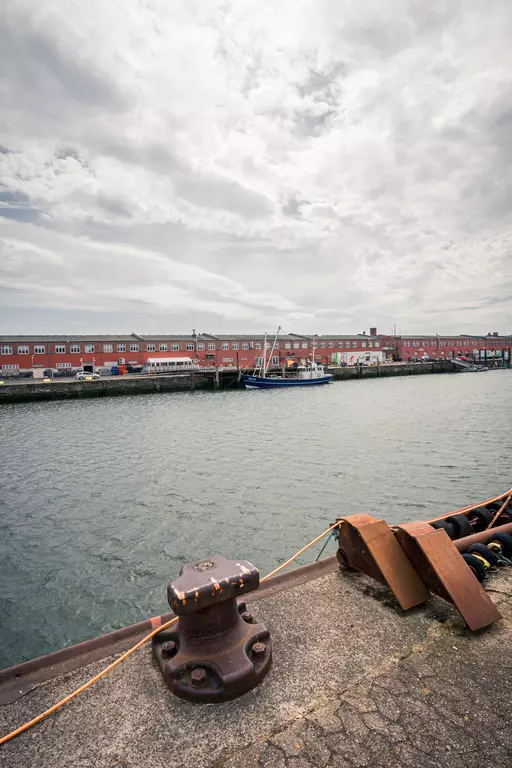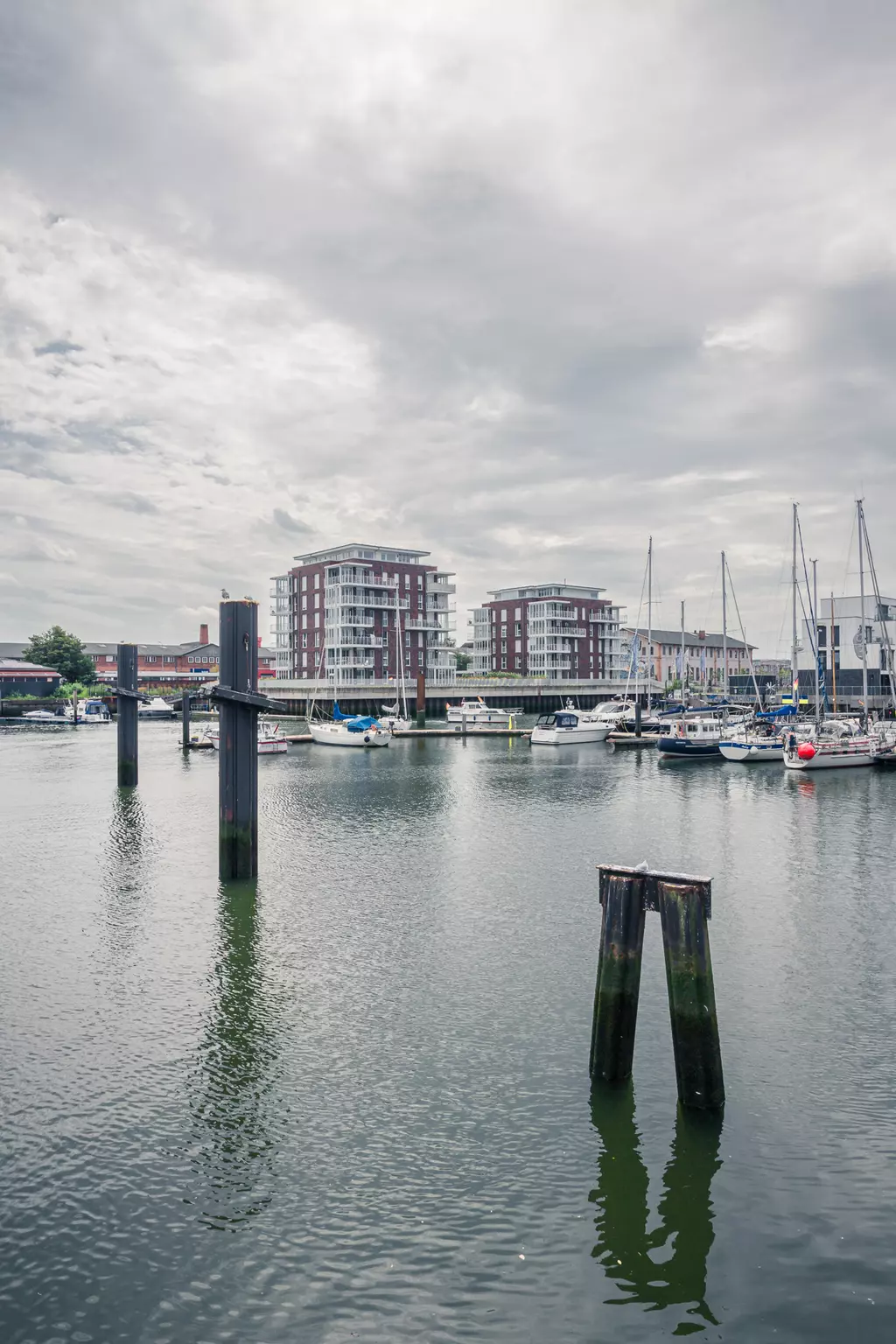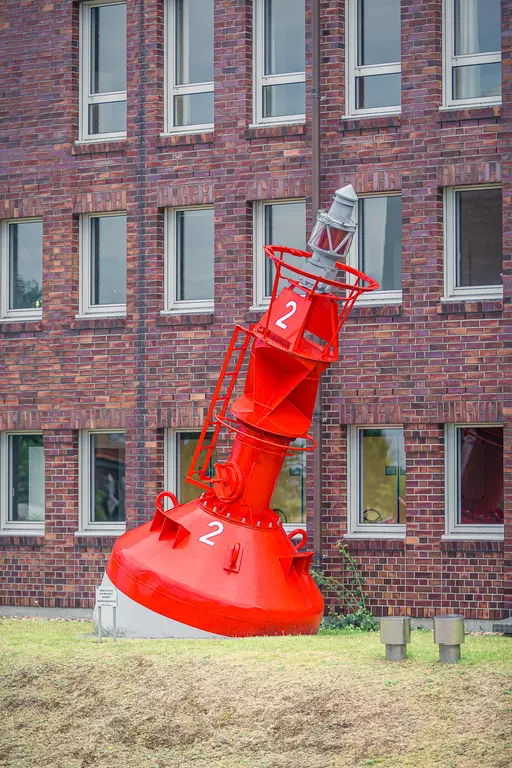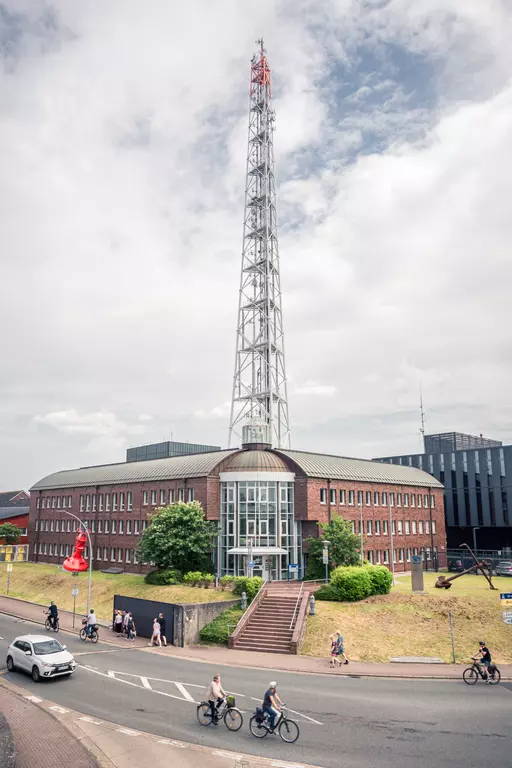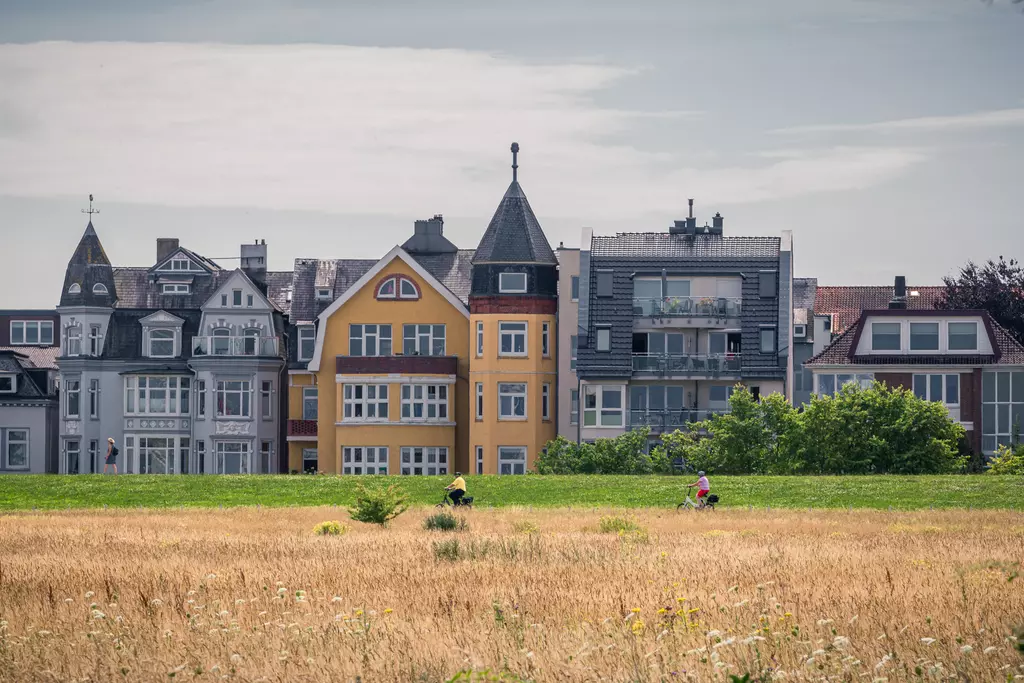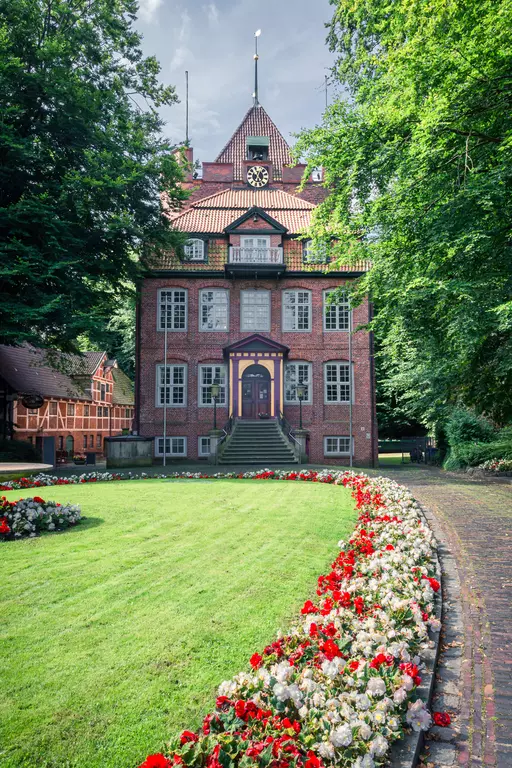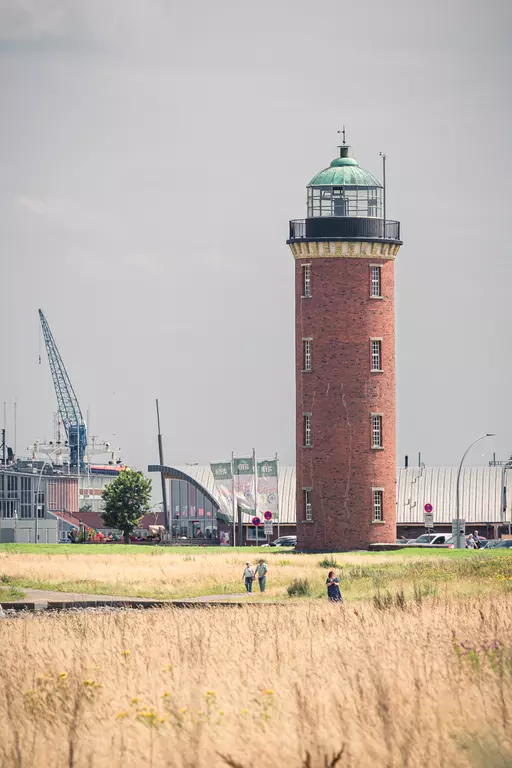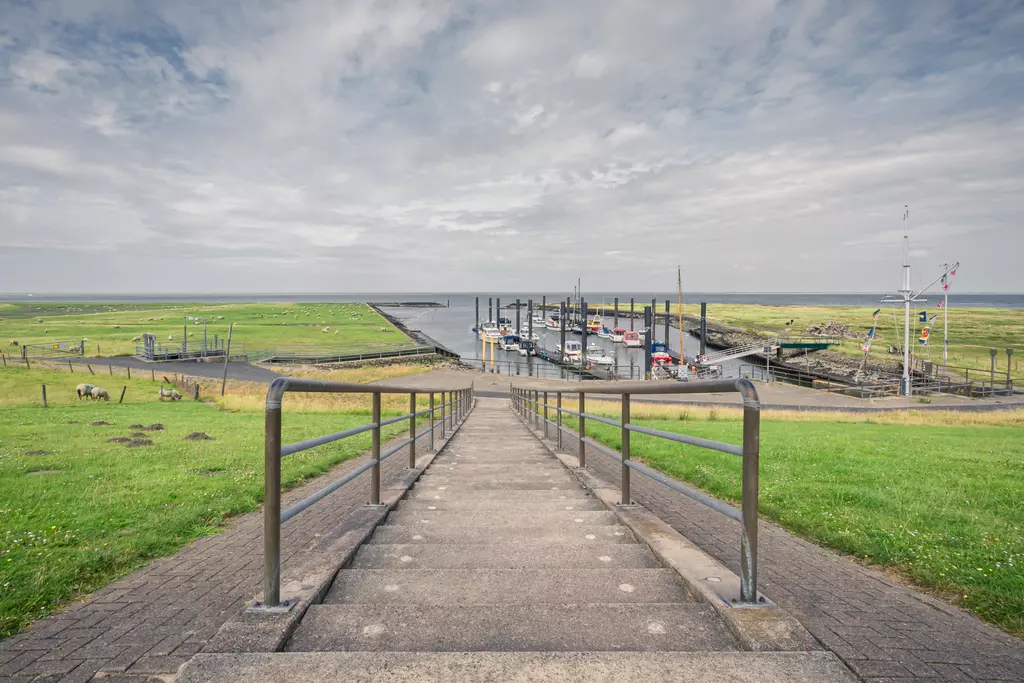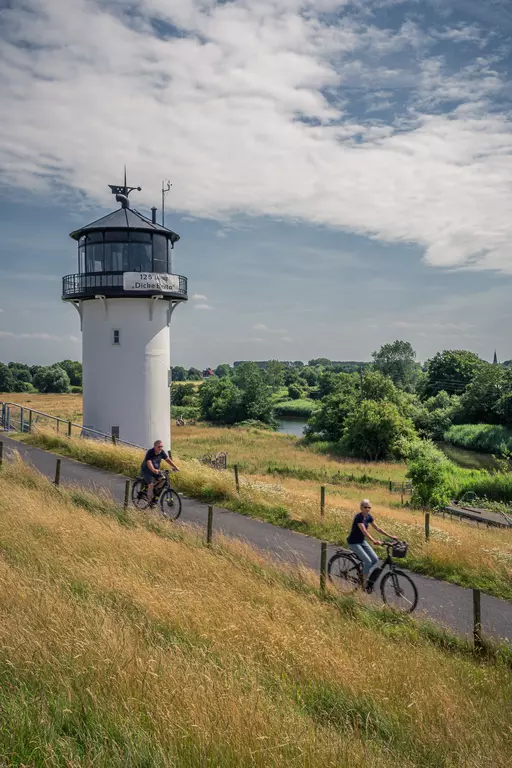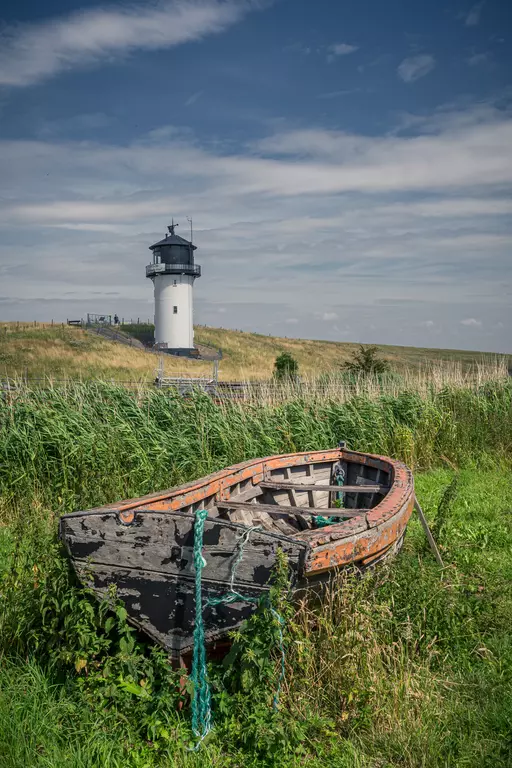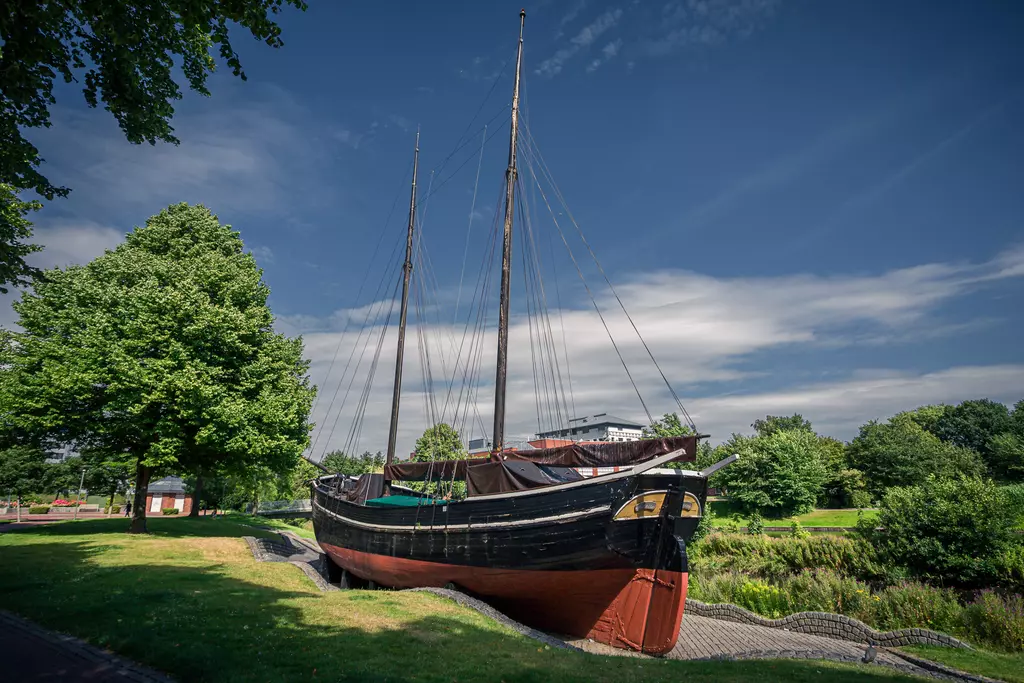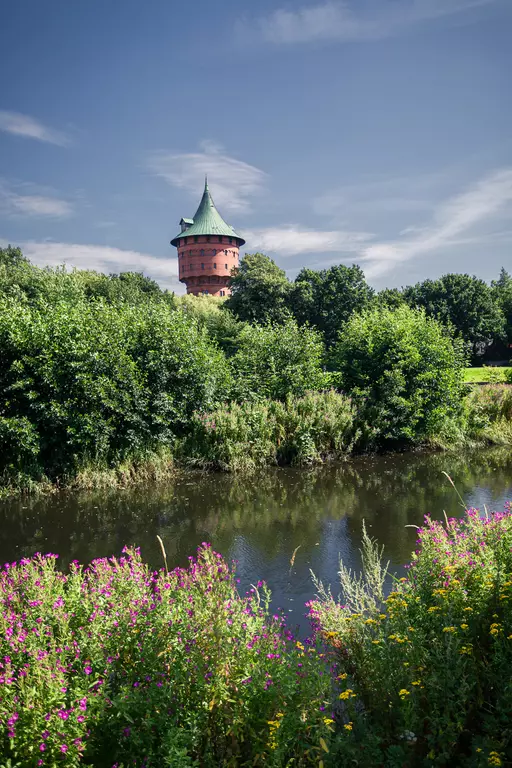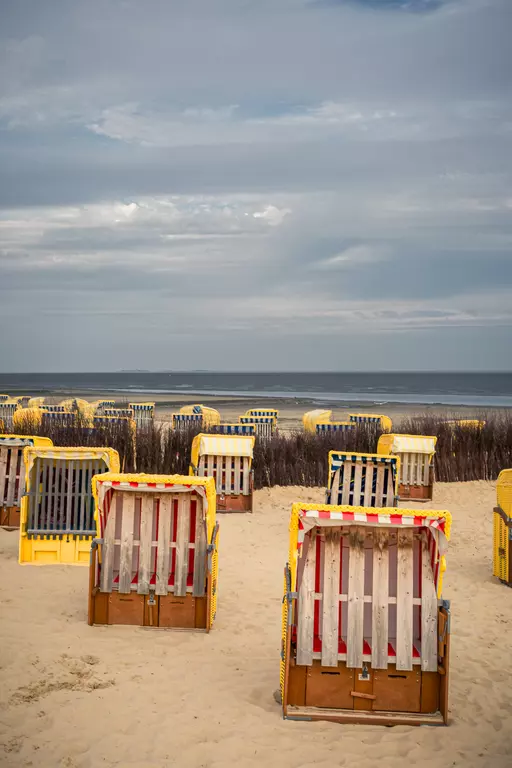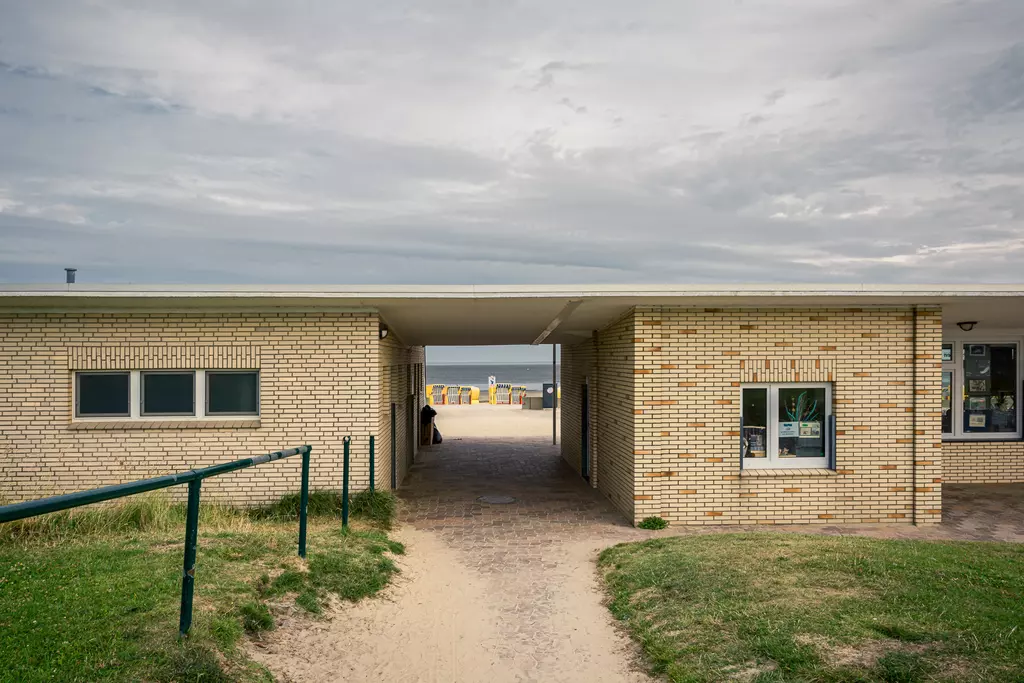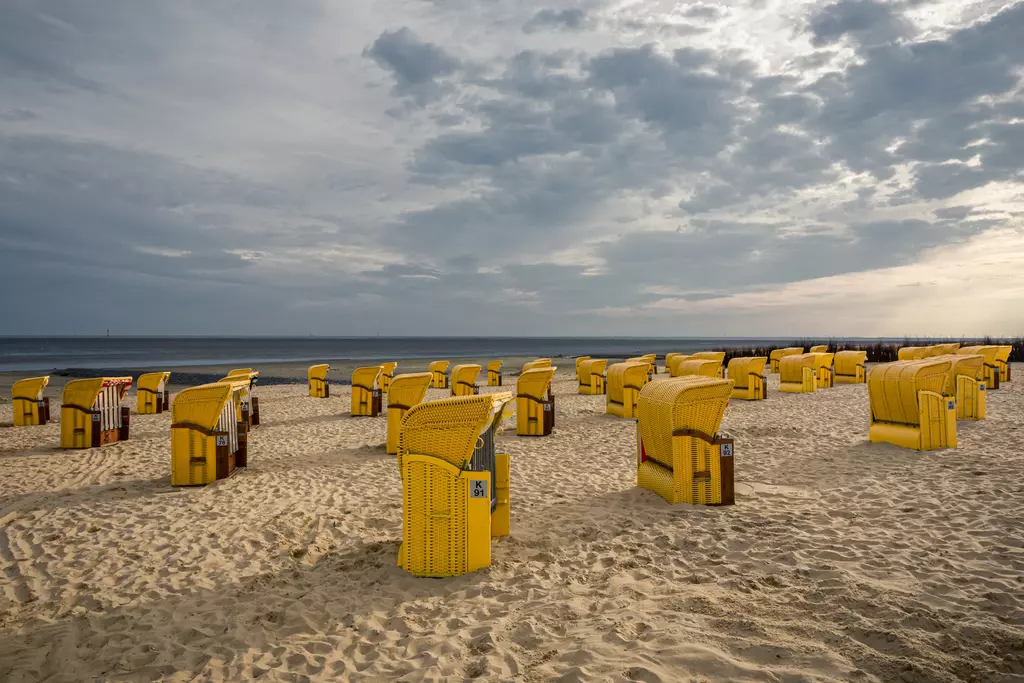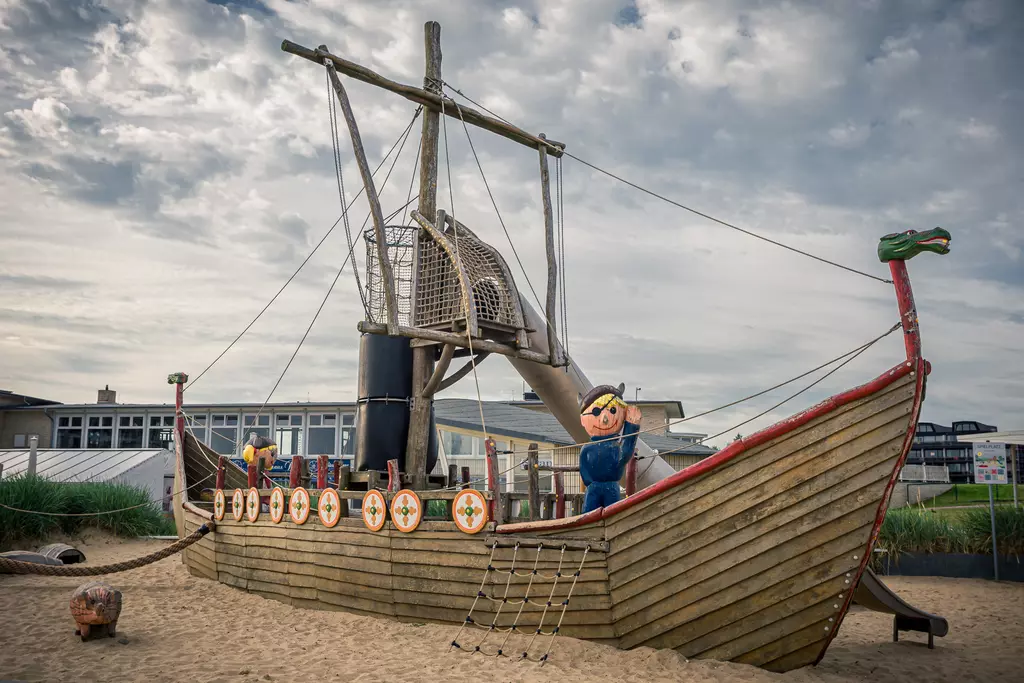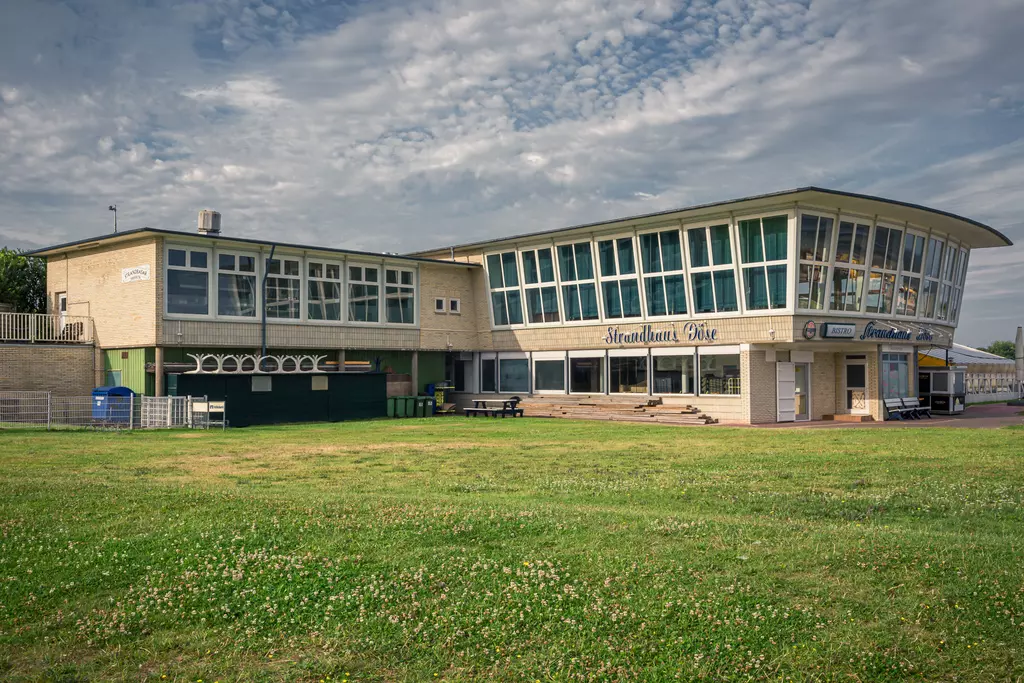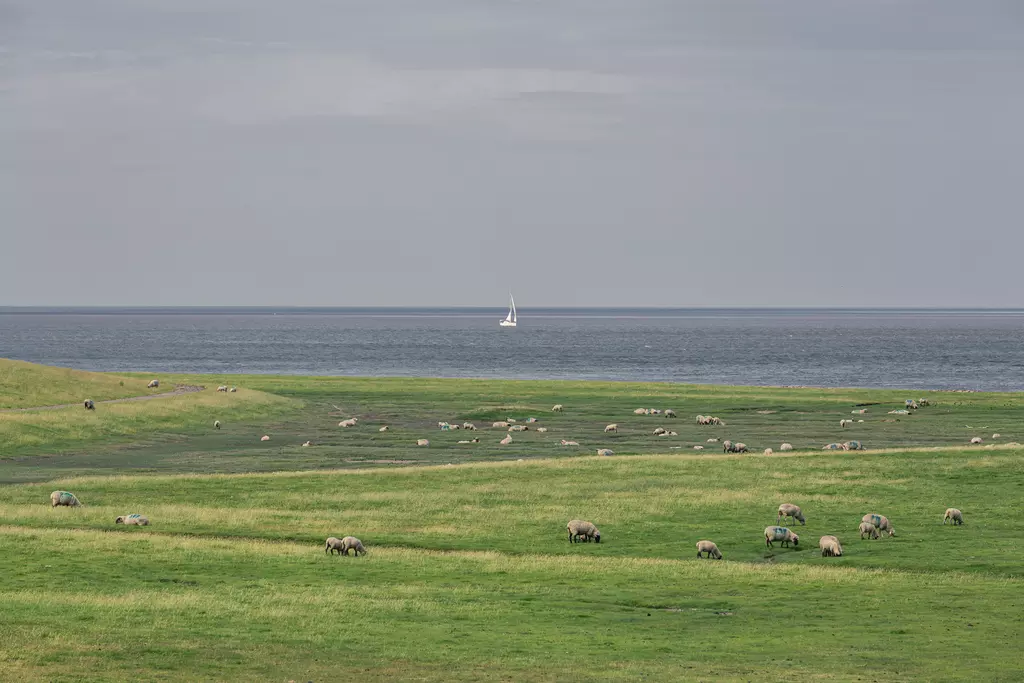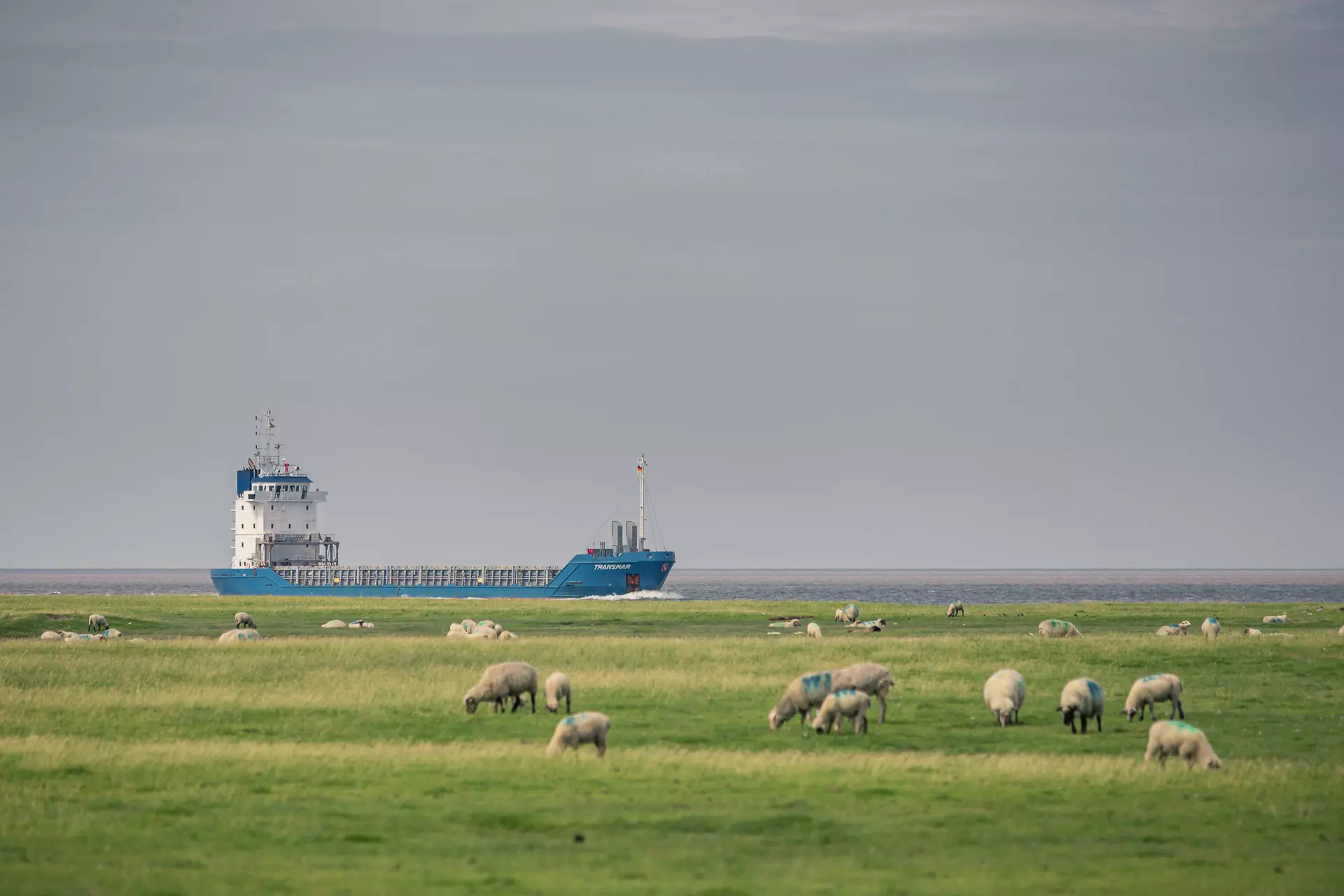Cuxhaven, Germany, July 2022
Cuxhaven, Germany, July 2022
Cuxhaven sits right where the Elbe River meets the North Sea, and here, everything seems to revolve around water. In the harbor, fishing boats and massive cargo ships share space, cranes tower above, and ferries to Neuwerk and Helgoland fill with eager day-trippers. Just a few steps from the busy docks, a peaceful city park offers a break from the maritime hustle—though it’s hard to forget the sea when a historic schooner, the Hermine, stands right in the middle of the lawn.
Dunes, beaches, and the Wadden Sea surround the city. Large ships pass through the Elbe estuary toward the open sea, while small boats bob gently in a tiny harbor tucked behind the dike. Wadden hikers wade through the mudflats, seagulls squawk overhead, and somewhere, a Strandkorb—one of those iconic German beach chairs—is always in the way. Even in the heart of town, water leaves its mark—like at Schloss Ritzebüttel, a historic manor house that once served as the residence of Hamburg’s bailiffs and is still surrounded by a historic moat.
Cuxhaven and water? They belong together. Whether it’s in the harbor, on the beach, or falling straight from the sky.

